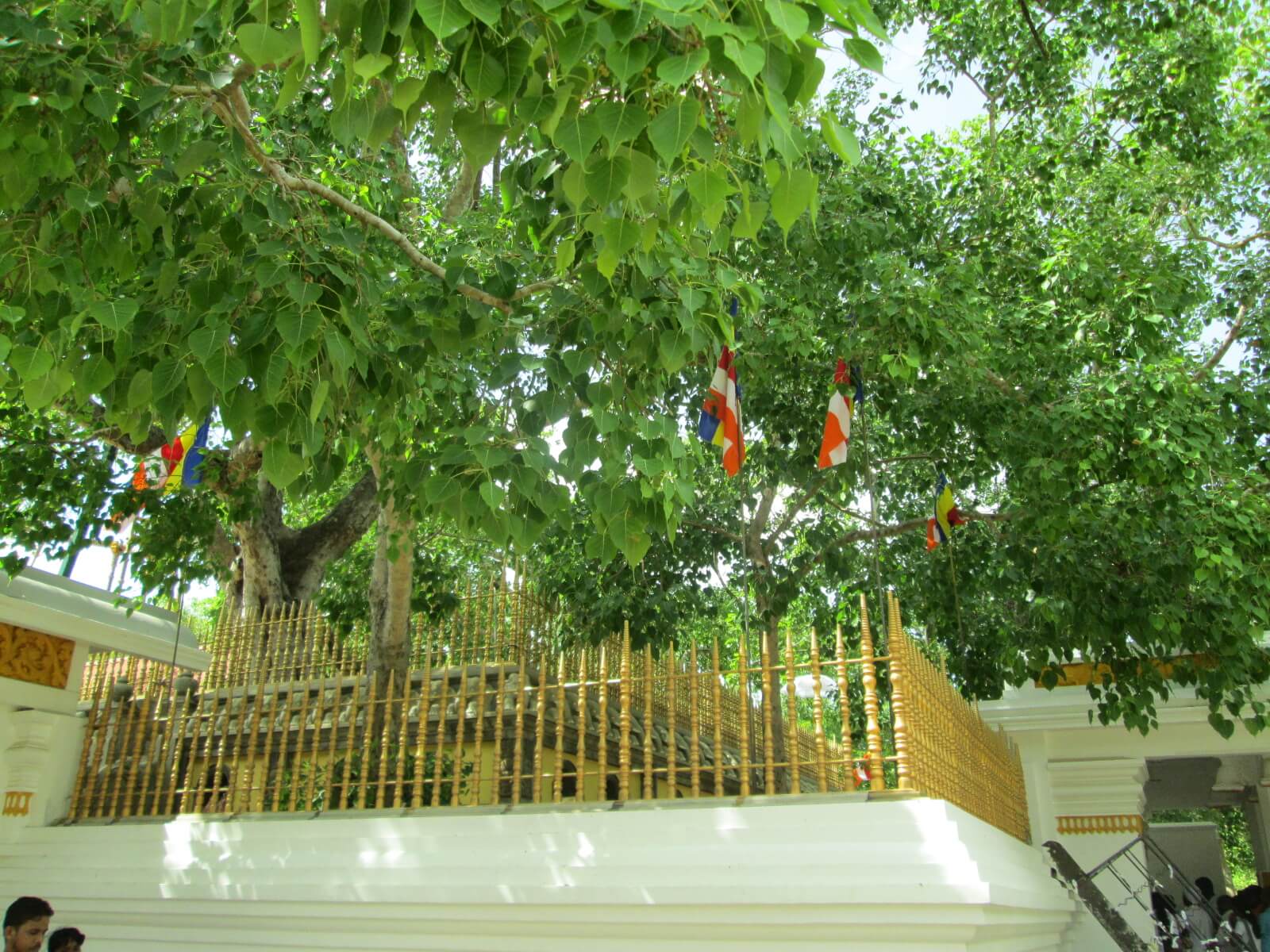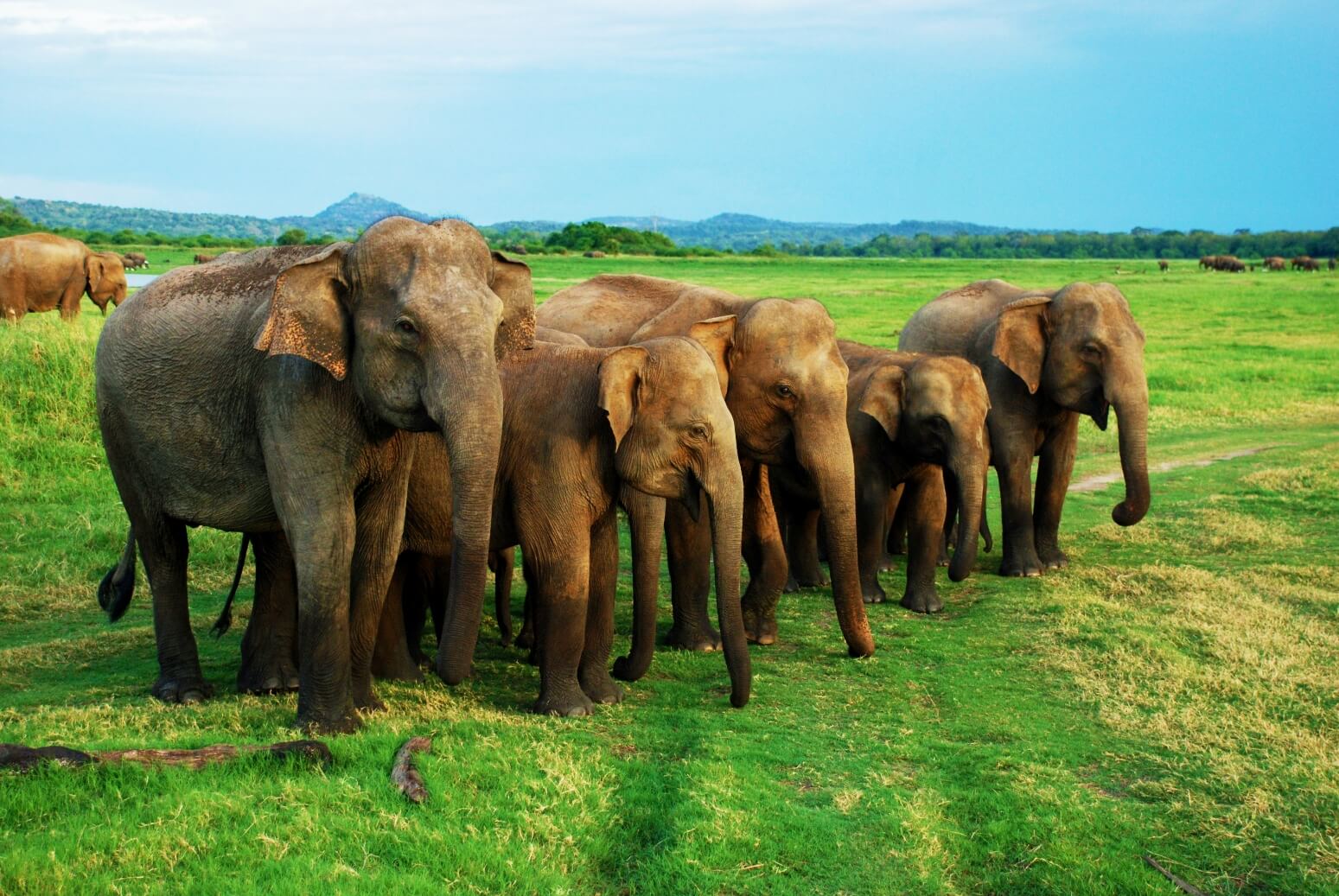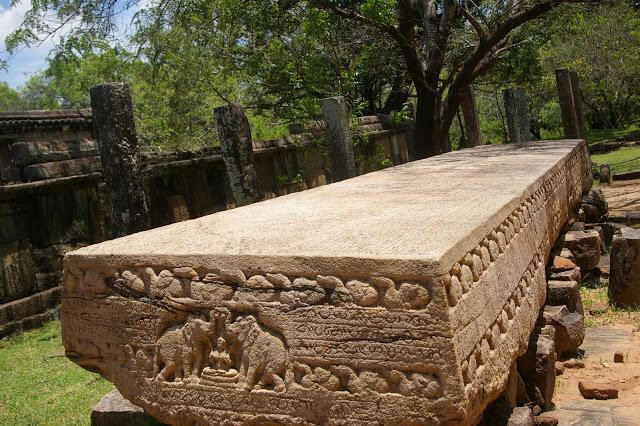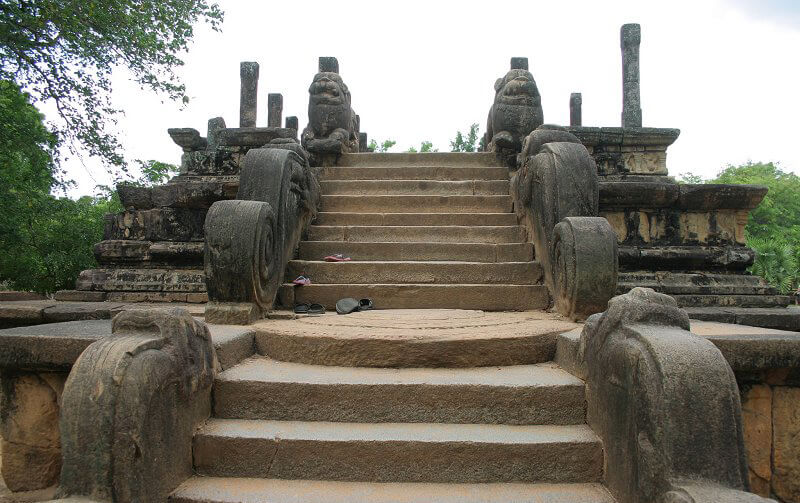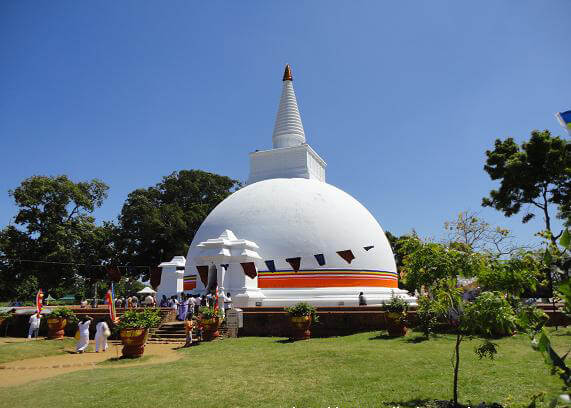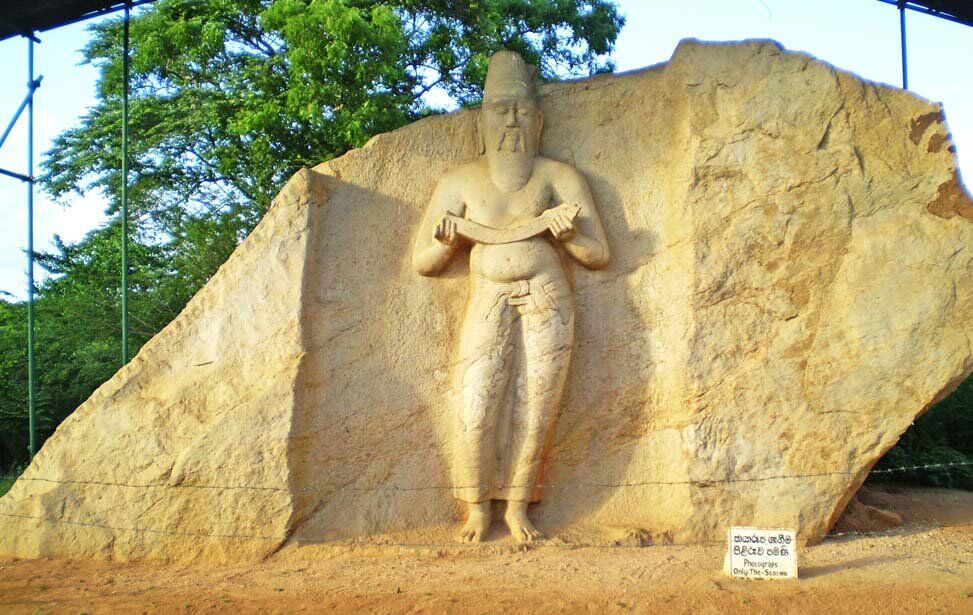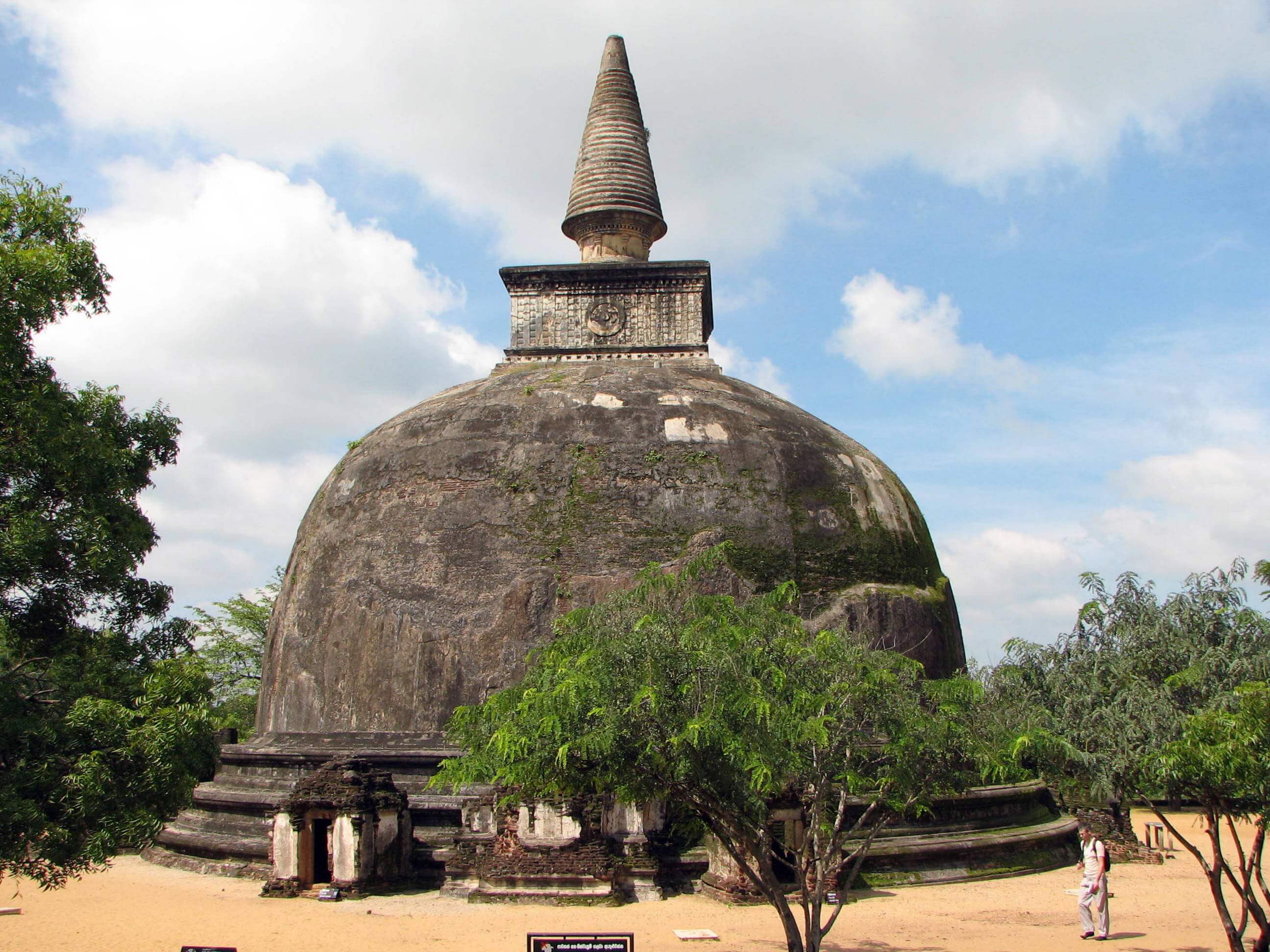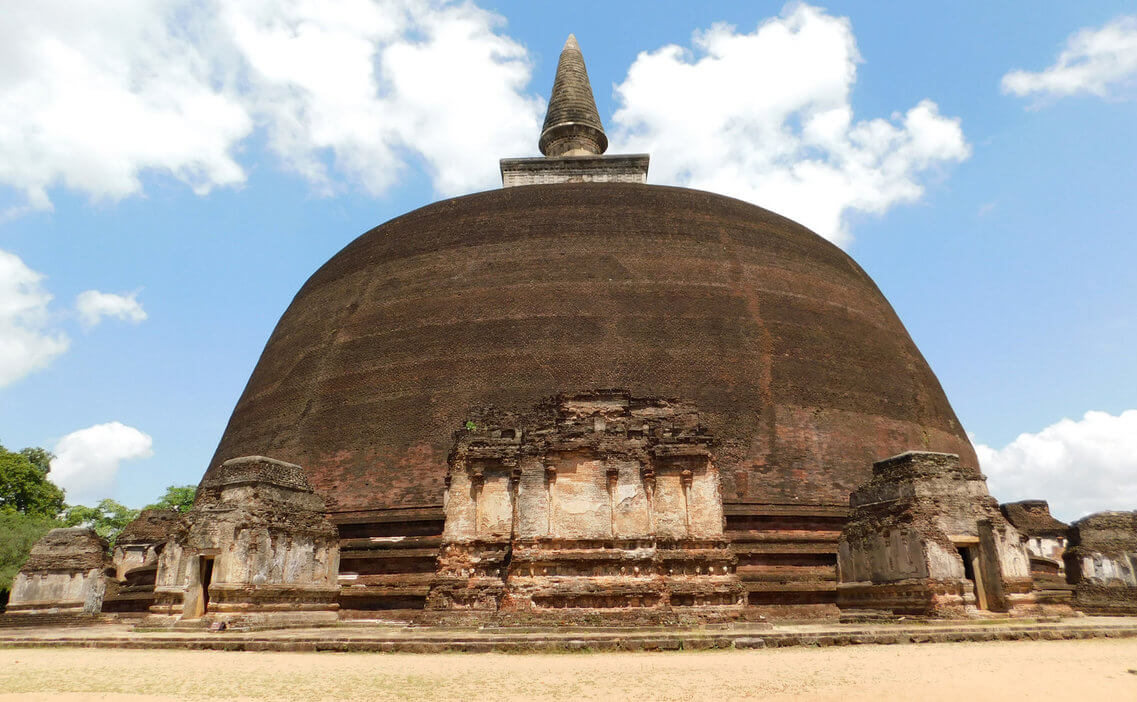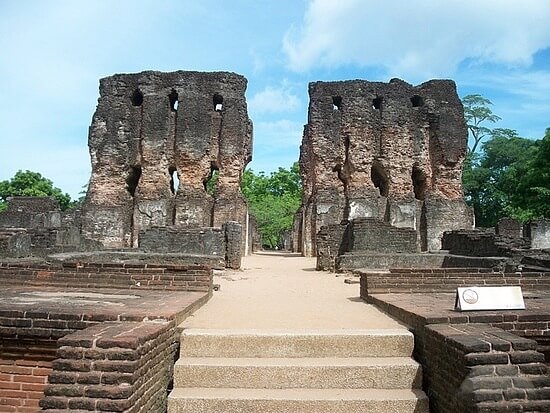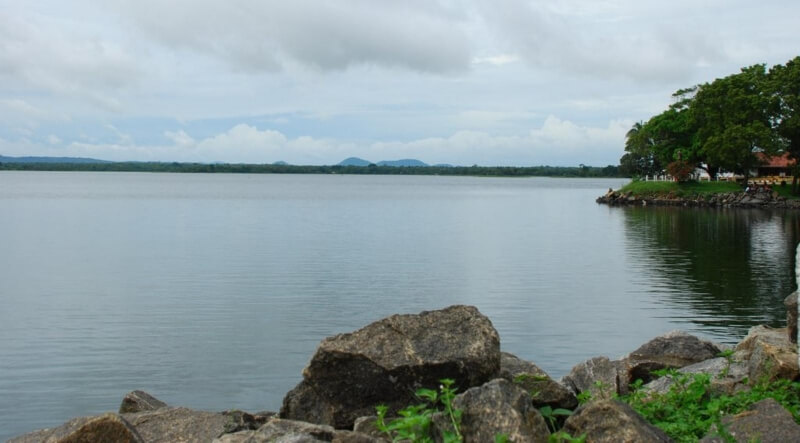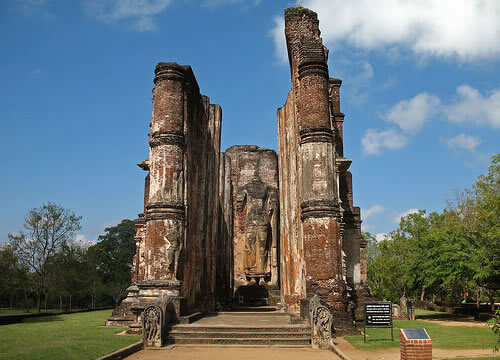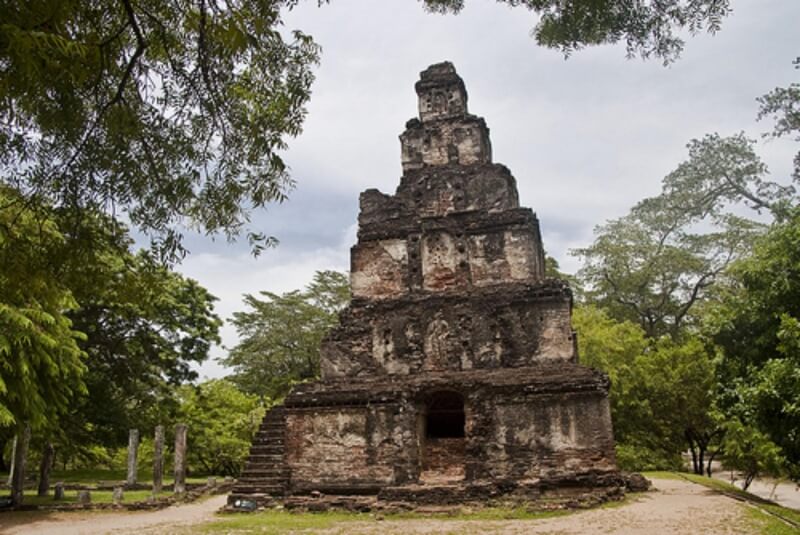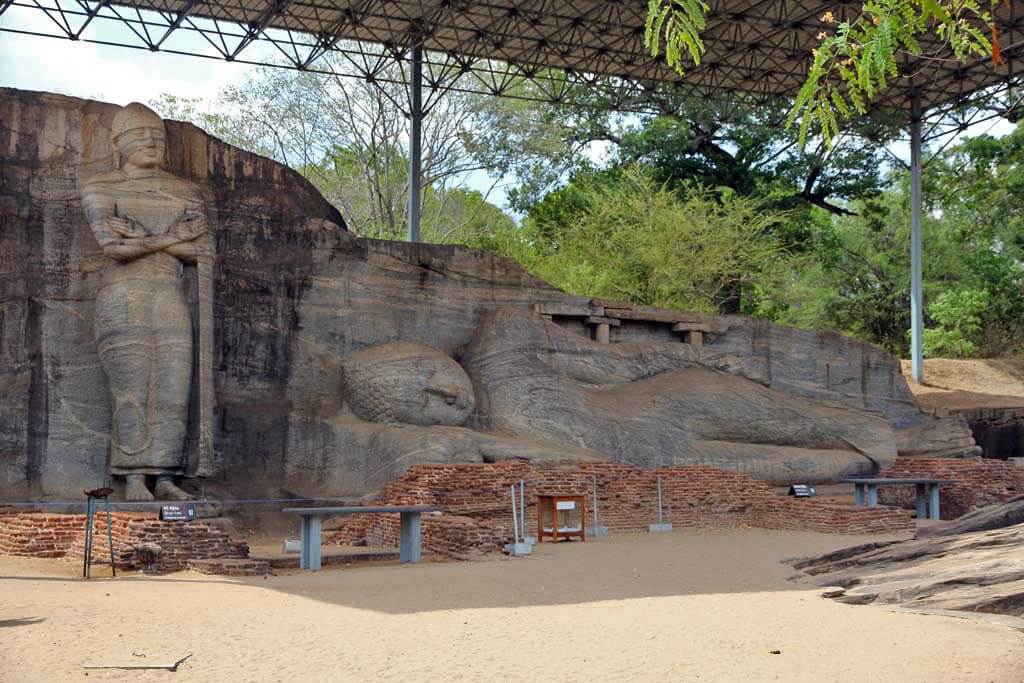Wilpattu National Park
Wilpattu National Park is located 25km north of Puttalam or 30km west of Anurdhapura. The park that lies on the northwest coast spans the border between North Central Province and North Western Province of Sri Lanka. To the south of Wilpattu National Park is River Modergam Aru; to the north is River Kalay oya. Wilpattu National Park is situated in the dry zone, and is unlike any other wildlife sanctuary in Sri Lanka. A unique complex of over 50 wetlands called “Villu” is the most prominent topographical feature of the national park. ‘Villu’ are shallow natural lakes filled with rainwater surrounded by open grassy plains amidst the dense scrub jungle. The presence of these Villus with an abundance of water can best be explained in the weather patterns that prevail over the park: while the period of drought is only during the months of May to early September, the main rainy season is during September to December with the heavy downpours of north eastern monsoon; inter monsoon season visits the park March and April.
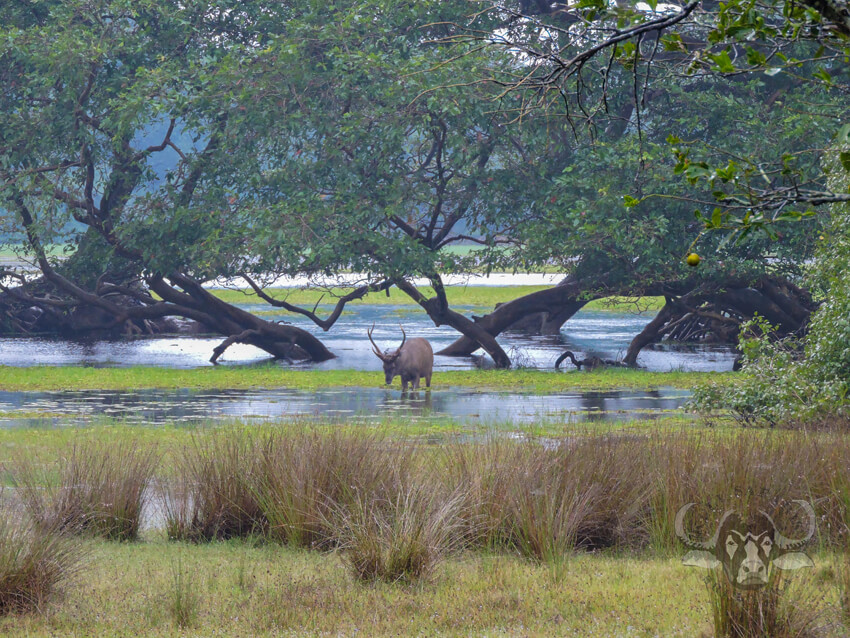
Gal Palama
The road leading to this rather unknown Halpan Ela Gal Palama is located close to the Kuttam Pokuna (Twin Ponds). Traveling 3 kms from Sangamitta Mawatha, you can reach the point where this ancient stone bridge crosses the Halpan Ela. Traveling further down on the same road you can reach the more famous Stone Bridge over the Mawathu Oya. Only a part of this stone bridge can be seen today. Stone slabs are laid across rows of 3 stone pillars. This bridge is hidden behind a building and only those who knows the existence of this bridge will visit.

Royal Palace
Built in 1070 (some 12 centuries after Anuradhapura’s heyday), this palace was an attempt by King Vijayabahu I to link his reign with the glories of the ancient Sinhalese capital. Little remains today except two fine, but surprisingly modest, guardstones.
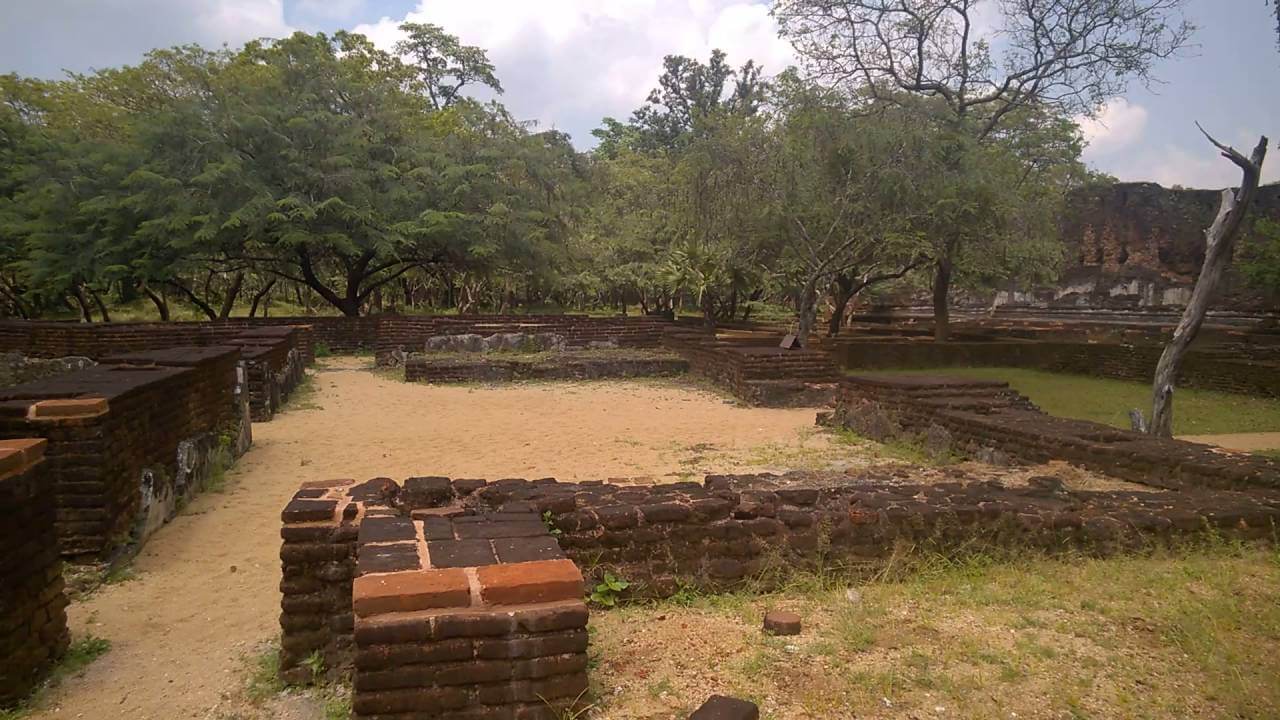
Eth Pokuna ( Elephant Pond )
Surrounded by forest, this huge body of water is thought to have
acted as an ancient water storage tank for the Abhayagiri
monastery rather than as a pool for pachyderms. Such is the scale
of the tank – 159m long, 53m wide and 10m deep – that six
Olympic-sized swimming pools could comfortably fit inside it.
Underground channels from the Periyamkulama Tank keep the pond
topped up, and are still in working order – during very heavy
rains water pours into the pond from inlets.
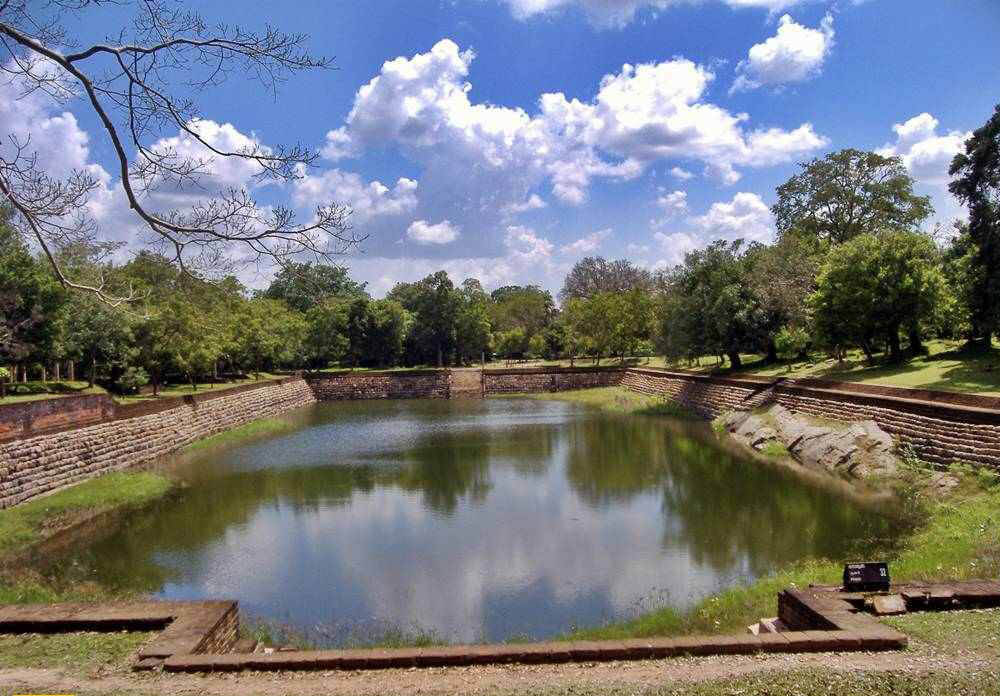
Samadhi Statue
Samadhi Statue of Lord Buddha is worshiped by lots of local and international tourists since from the past. It is another destination that should be toured or visited in Sri lanka instead of relaxing your mind.Looming over the entire site of Mahamevnawa Park in Anuradhapura, Samadhi Statue is situated in the middle of the Park. This enviable statue possesses a deep meditation and the position of Lord Buddha at the first Enlightenment on his way to Nirvana. The statue can be easily found in the East from the Abhayagiri Dagoba, on the south west of the Sacred Jaya Sri Maha Bodhi and on the shore of Tissa Wewa.
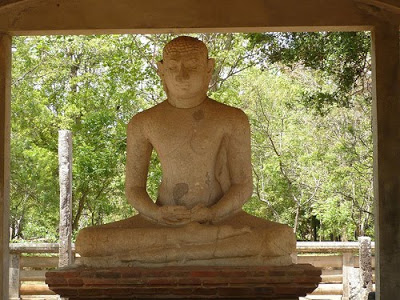
Archaeological Museum
The old British colonial administration building has recently been renovated and has an interesting collection of artwork, carvings and everyday items from Anuradhapura and other historic sites around Sri Lanka. Exhibits include a restored relic chamber, found during the excavation of the Kantaka Chetiya dagoba at nearby Mihintale, and a large-scale model of Thuparama Dagoba’s vatadage (circular relic house) as it might have been if a wooden roof had existed.
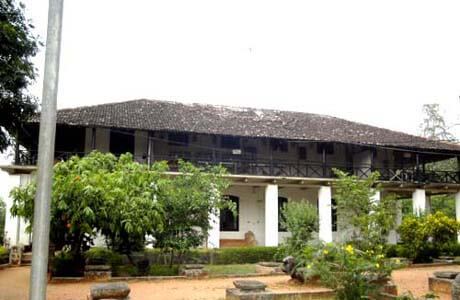
Abayagiriya Stupa
Abhayagiri Monastery in Sri Lanka, Anuradhapura established in the second century B.C., by King Valagamabau, during its glorious days, was not only complex of monastic buildings, but also a great seat of learning. Unlike orthodox Mahavihara monastery, Abhayagiri Monastery accommodated the intellectual discussion on various schools of Buddhist thought in addition to Theravada Buddhism, considered as the pure words of Buddha. The center of attraction of the monastery was Abhayagiri stupa, the second tallest stupa at Anuradhapura, also built by King Valagambahu (89-77 BC).
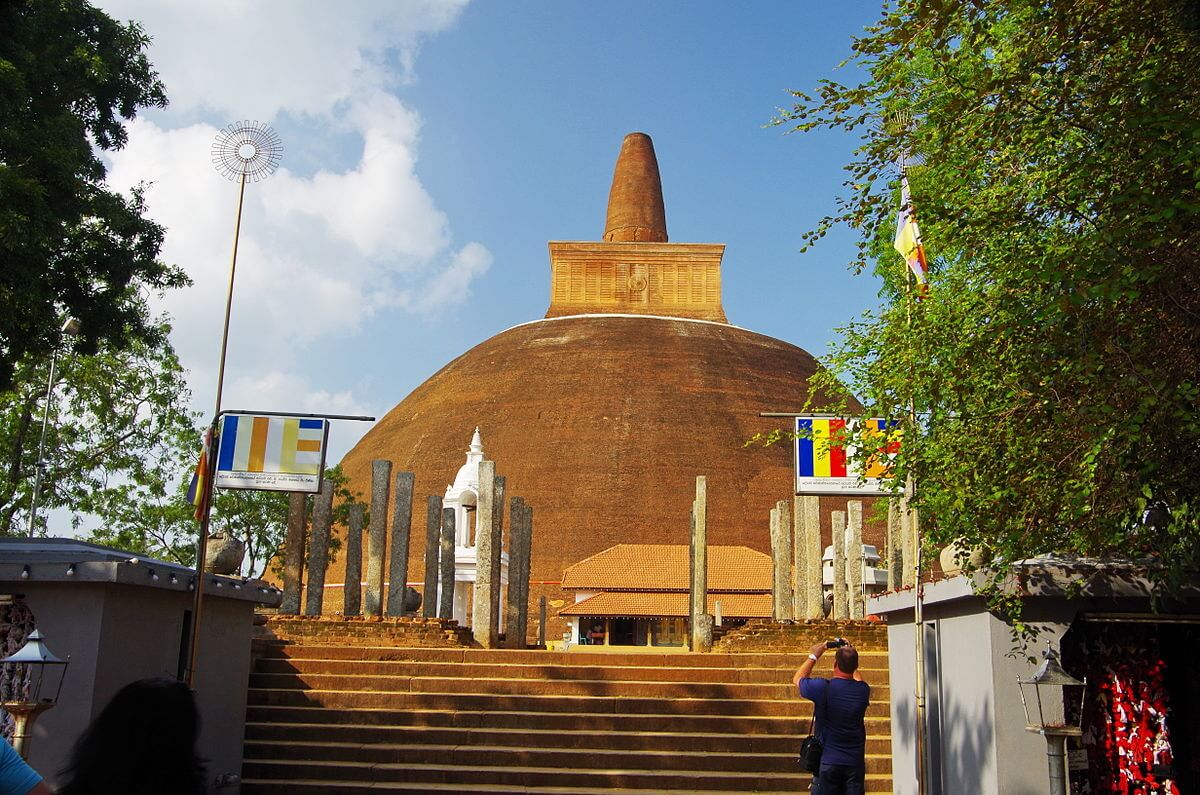
Isurumuniya
The Isurumuniya Viharaya is situated close to the Tisa Wewa. It is
renowned for its stone carvings of which the most famous is one
known as the “Isurumuniya Lovers”. The other carvings are of the
Horseman, Elephant Pond and the Royal Family.
The Temple was originally known as the Meghagiri Vihara and it is
believed that the Vessagiri Vihara which is located close to it is
the actual Isurumuniya Vihara.

Ranmasu Uyana
Ranmasu Uyana is a park in Sri Lanka containing the ancient Magul
Uyana (Royal Gardens). It is situated close to Isurumuni Vihara
and Tissawewa in the ancient sacred city of Anuradhapura, Sri
Lanka. It sits on approximately 40 acres (16 ha), and is a noted
example of Sri Lankan garden architecture of the pre-Christian
era. According to an inscription found in Vessagiriya, the water
to the park was supplied by Tessa Wewa and then released to rice
fields around Isurumuni Vihara.
In the park are various ponds, and the remains of small buildings.
According to legend it is believed that Prince Saliya met
Asokamala in this garden.
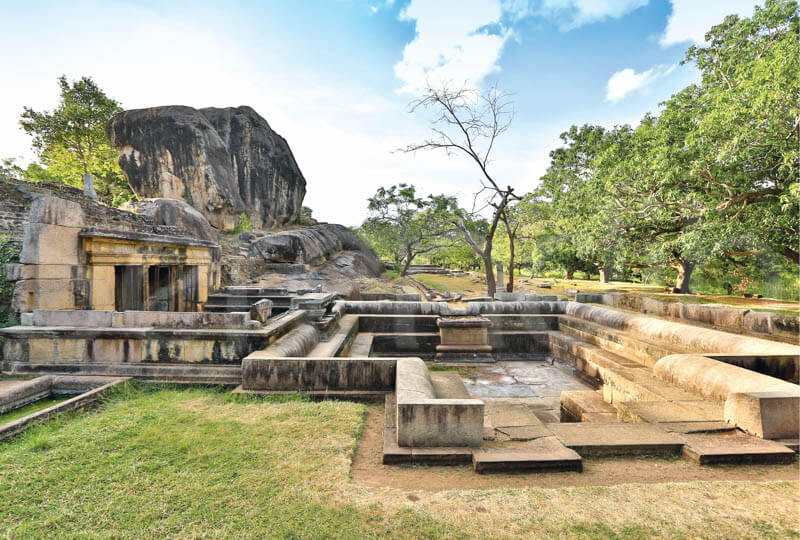
Lovamahapaya ( The Brazen Palace )
Lovamahapaya in Sri Lanka, also known as the Brazen Palace or Lohaprasada, is a set of ruins with hundreds and hundreds of stone pillars that lie between the stupa Ruvanvelisaya and the Great Bodhi Tree of Anuradhapura. This is the location of a once mighty nine storied monastic structure built by the King Dutugemmunu in the 2nd century BC. The building is supposed to have included a refectory, assembly hall and chapter house, and the roof was covered in bronze tiles (hence the name ‘Brazen palace’). The edifice with its 400 foot long sides was supported by 40 rows of 40 stone pillars, totalling 1600 pillars, most of which are still remain standing to this day.The Brazen Palace is said to have been a beautifully detailed and jewelled structure in its hayday, according to historical recordsThe building is supposed to have included a refectory, assembly hall and chapter house, and the roof was covered in bronze tiles (hence the name ‘Brazen palace’). The edifice with its 400 foot long sides was supported by 40 rows of 40 stone pillars, totalling 1600 pillars, most of which are still remain standing to this day.The Brazen Palace is said to have been a beautifully detailed and jewelled structure in its hayday, according to historical records

Nuwara Wewa ( Tank )
Nuwara Wewa is the largest of the three man made reservoirs in Anuradhapura The other two are Basawakkulama ( Abaya Wewa) and the Tissa wewa. Nuwara Wewa is believed to be built by King Vattagamini Abaya popularly known as King Valagamba in the first century BC.
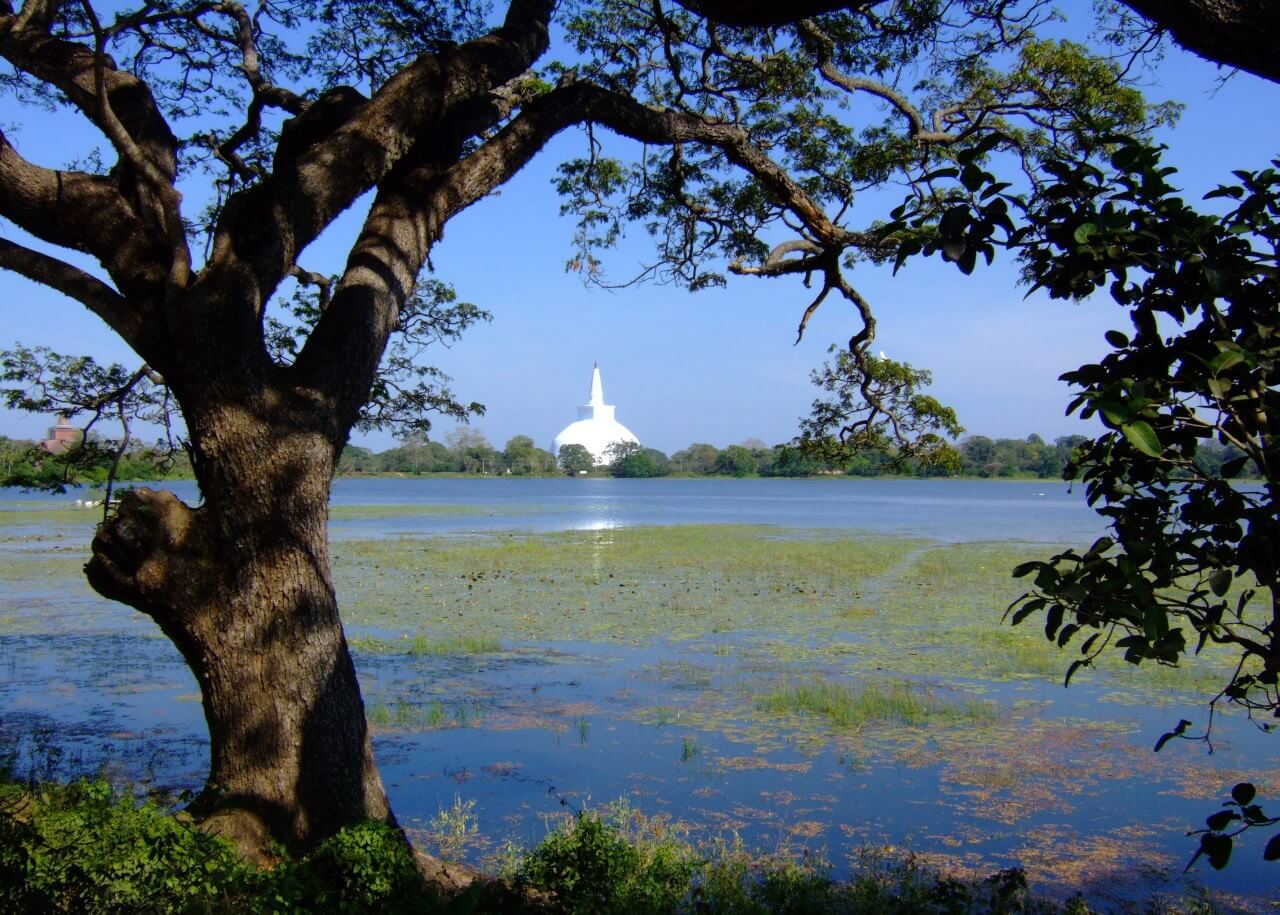
Jethawanaramaya
Jethawanaramaya Stupa, originally 400 feet, was once counted in the list of the tallest monuments of the world and its scale was matched only by the pyramids in those times. Today, it may not be tallest but it is still a marvel to the eyes of the present times as it showcases its excellent engineering techniques and styles of its time. With the whole building constructed of bricks, this monument is largest such in the world. It was built by Mahasena, the king of Anuradhapura 2000 years ago and refurbished to its present form and height of 250 feet in 12th century AD by King Parakramabahu. It is believed to have been constructed on the site of cremation of Mahinda. Not only Jethawanaramaya Stupa is historically significant but also it stands as an archetypal of the skills of bygone era which attracts tourism.
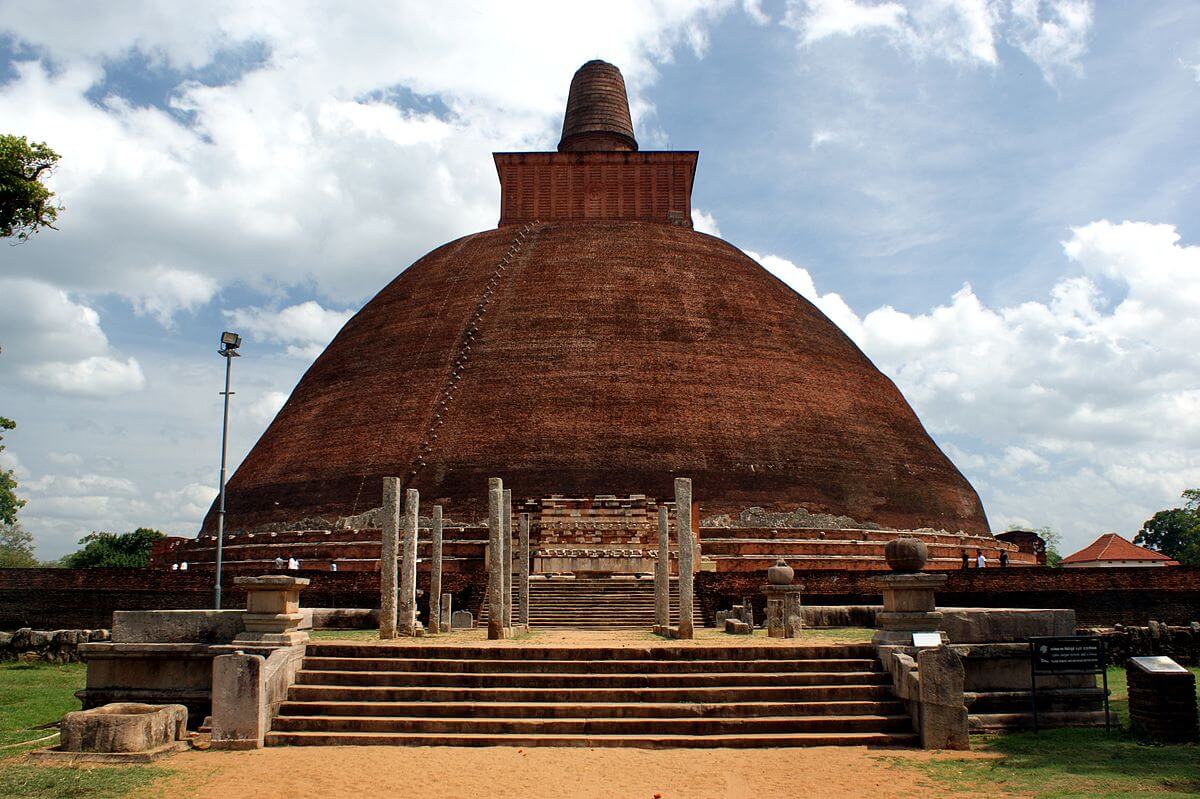
Ruwanwelisaya
As the oldest stupa in Sri Lanka, Ruwanwelisaya is considered to
be an icon of architectural glory in ancient Sri Lanka.
Ruwanwelisaya, rising with its glory in the city of Anuradhapura,
tops the list among Buddhists’ sacred places. It was built by King
Dutugemunu in 140 B.C. His name is written in the annals of Sri
Lankan history as a great king who stabilized the contemporary
nation bringing all the communities under one flag. Ruwenwelisaya
bears witness for his incomparable service to revive Buddhism in
the country. It is located just a short walk away from Maha Bodhi
tree in Anuradhapura. Buddhists all over the world worship this
stupa as majory of Buddha’s relics are enshrined in its core.
Because of its gigantic construction with the height of 338 feet
and circumference of 950 feet, Ruwanwelisaya is considered to be
one of the world’s tallest monuments.
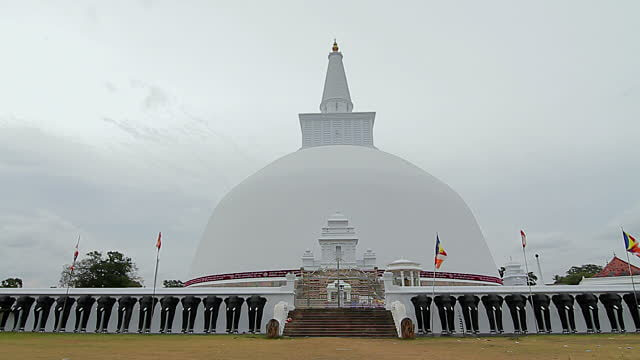
Kuttam Pokuna ( Twin Ponds )
One of the best specimen of bathing tanks or pools in ancient Sri Lanka is the pair of pools known as Kuttam Pokuna (Twin Ponds/Pools). The said pair of pools were built by the Sinhalese in the ancient kingdom of Anuradhapura. These are considered one of the significant achievements in the field of hydrological engineering and outstanding architectural and artistic creations of the ancient Sinhalese.
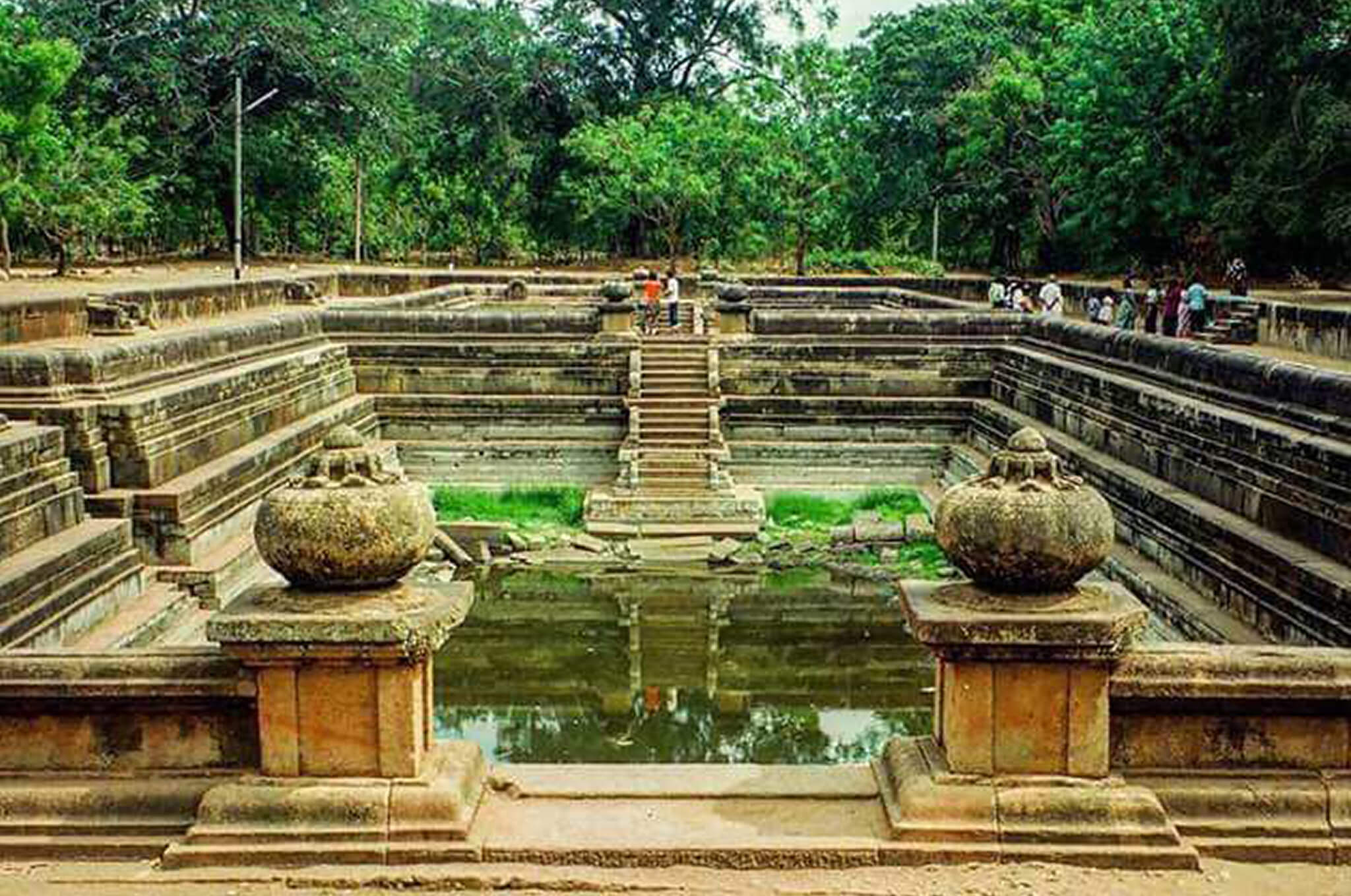
Thuparamaya
This is the first stupa to be built in the country after the introduction of Buddhism to Sri Lanka. Built in the time of king Devamnampiyatissa (250BC – 210BC) this was a stupa as well as an Aramic complex (monastery). Today ruins of this complex covers nearly 3 ½ acres. The stupa was built on the instructions of Mahinda Thero who brought Buddhism to the island to enshrine the right collar-bone of Lord Buddha.
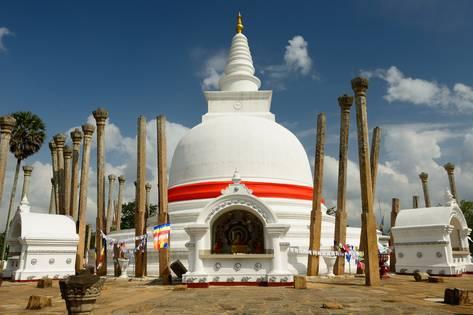
Aukana
Aukana Buddha Statue in Asisa Mudra or the “posture of blessing” is carved out of a rock boulder. The statue is carved in the round connected to the back to the rock boulder. The delicate and skillful carving of the Buddha’s robe humanizes and chastely reveals the underlying form of his body, while the face’s impassive expression projects an aura of spiritual supremacy.
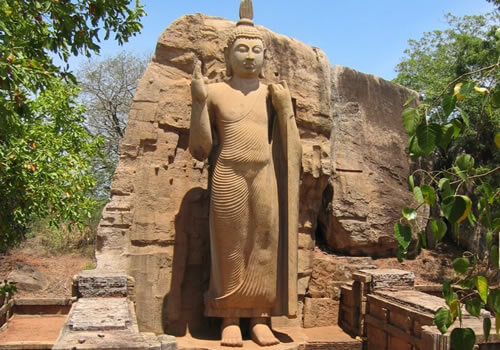
Mihintale
Mihintale Mountain, with the arrival of Buddhism in Sri Lanka, began to serve as a residential area for the venerable monks headed by Arahath Mihindu Maha Thera. But soon, with the royal patronage, the sanctuary housed a multitude of with monastic buildings-stupas, uposathgharas, bodhigharas- to serve the monks. Sixty eight cave dwellings provided the monks shade and shelter. Mihintale, the sanctuary for many thousands of laymen as well as holy men, had all the facilities and amenities for basic living.
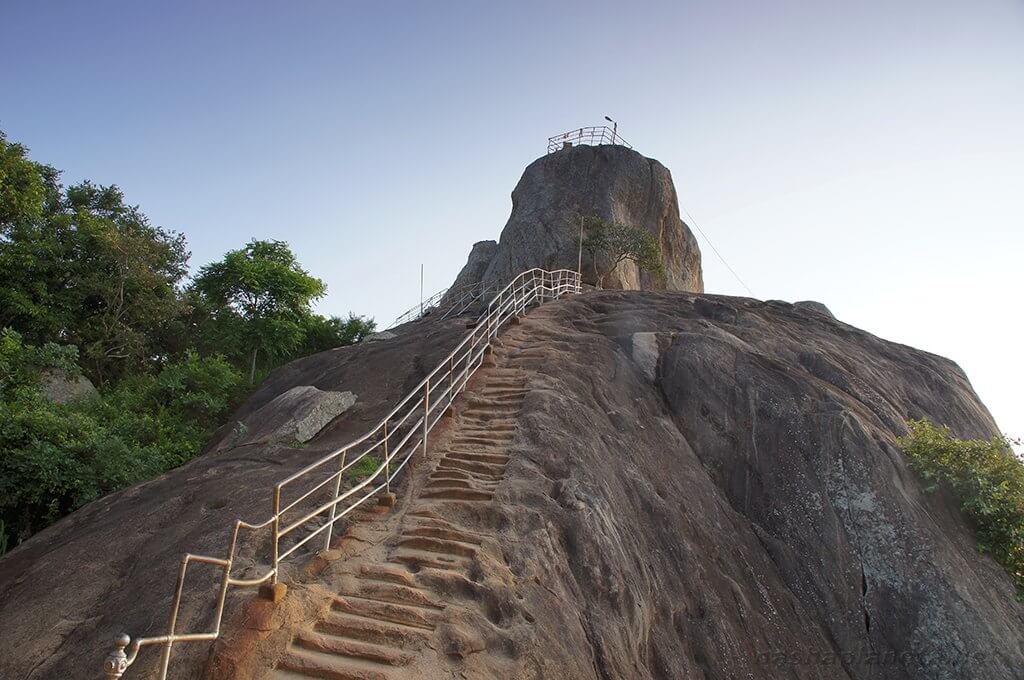
Jaya Sri Maha Bodi
The Sacred Bo tree, Jaya Sri Maha Bodhiya of Anuradhapura, Sri Lanka is the oldest living tree in documented history of the world. It is a sapling from the historical Bodhi tree under which Buddha enlightened. It was planted in 288 BCF and is the oldest living human-planted tree in the world with a known planting date. It was brought from Buddhagaya India by the Ven. Sanghamitta Therini, a sister of Arhant Mahinda – who introduced the Teachings of the Buddha to Sri Lanka. The area around the Sri Maha Bodhi, the Brazen • Palace and Ruwanweliseya Dagoba were once probably part of the Great Temple. The Sacred Bodhi tree is the oldest historically authenticated tree in the world, It has been tended by an continuous succession of guardians for over 2000 years, even during the periods of Indian occupation.
